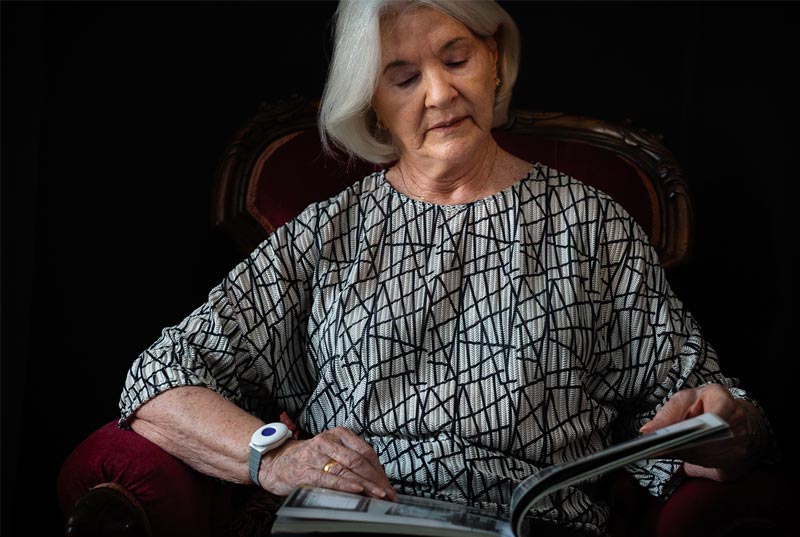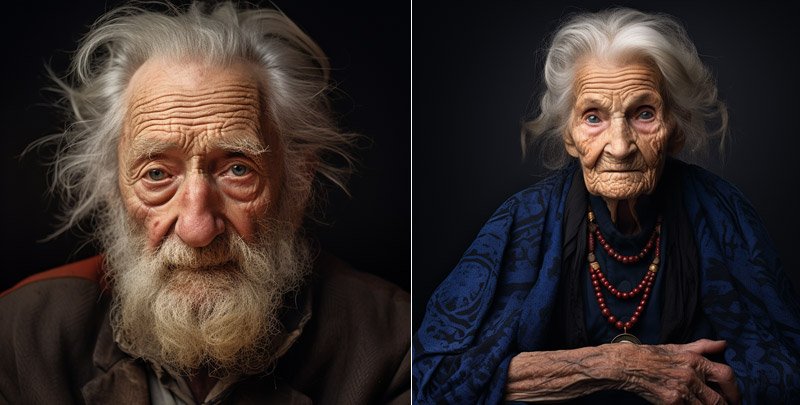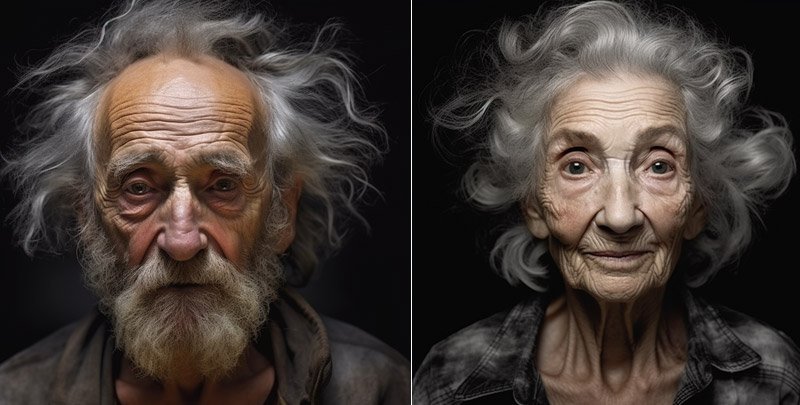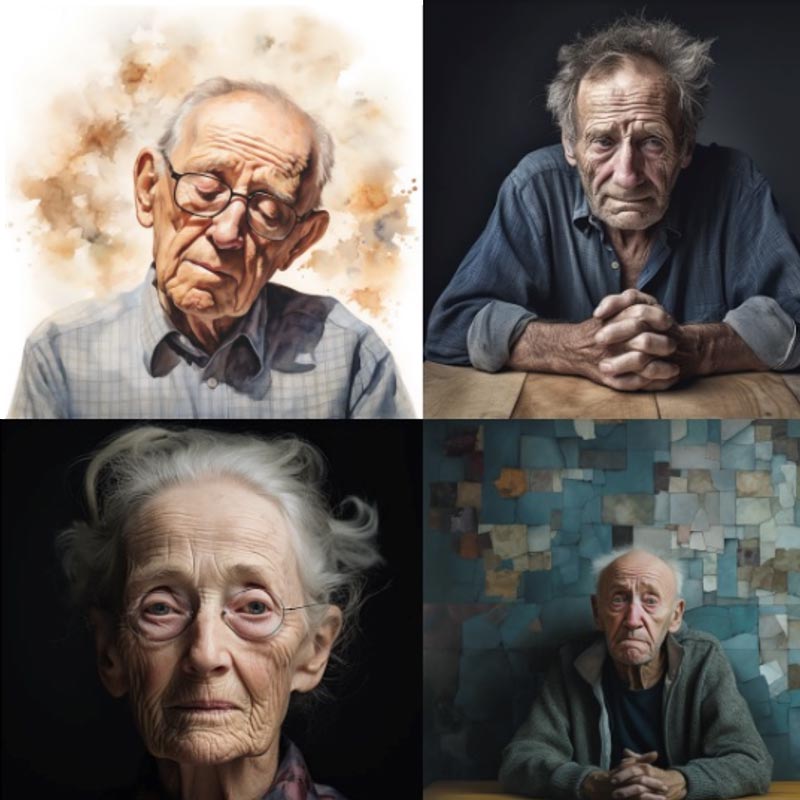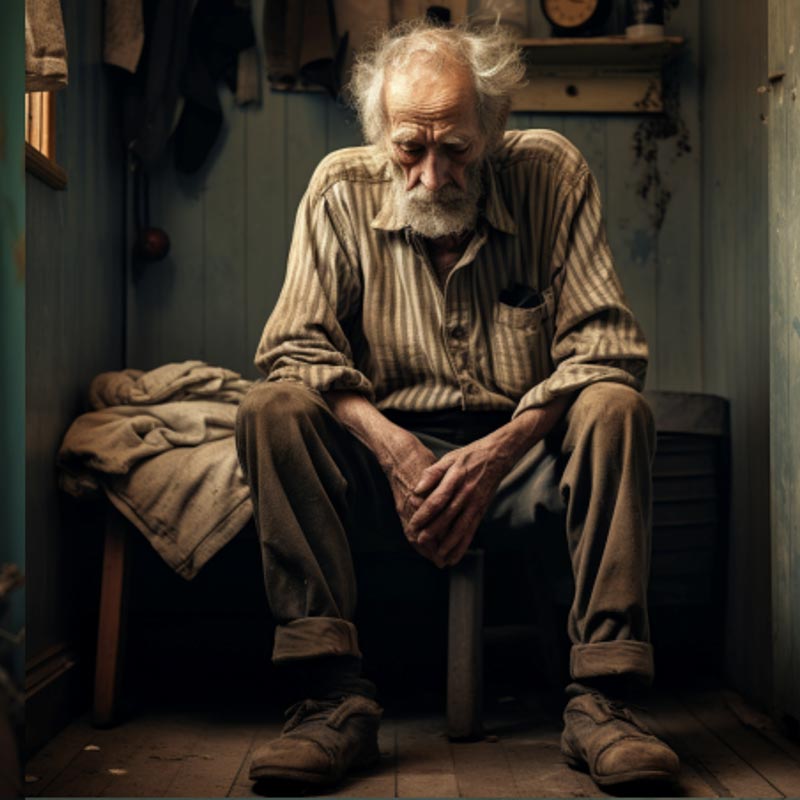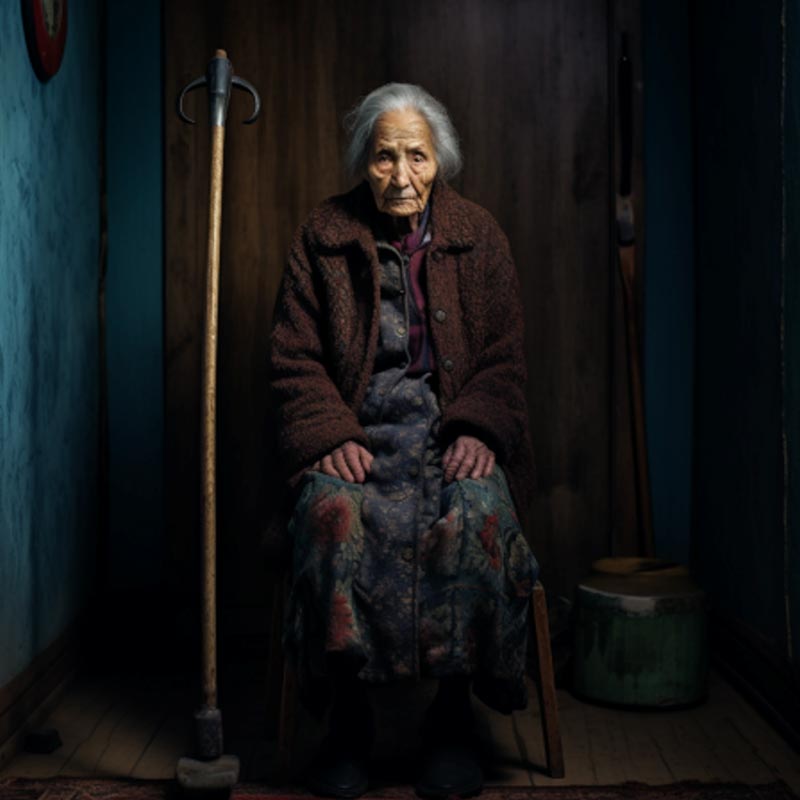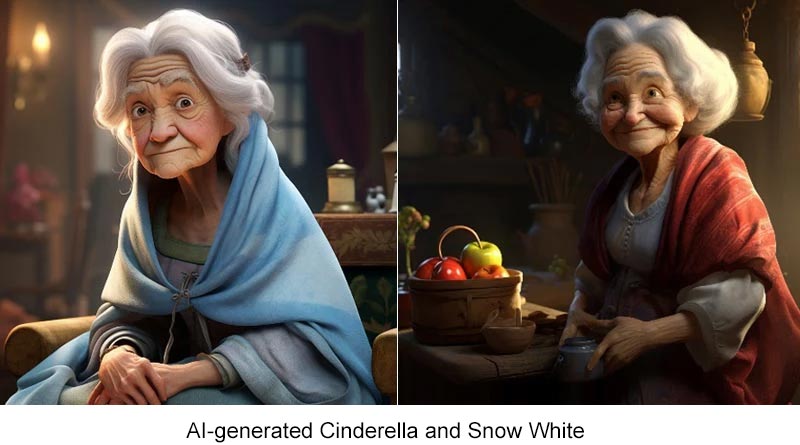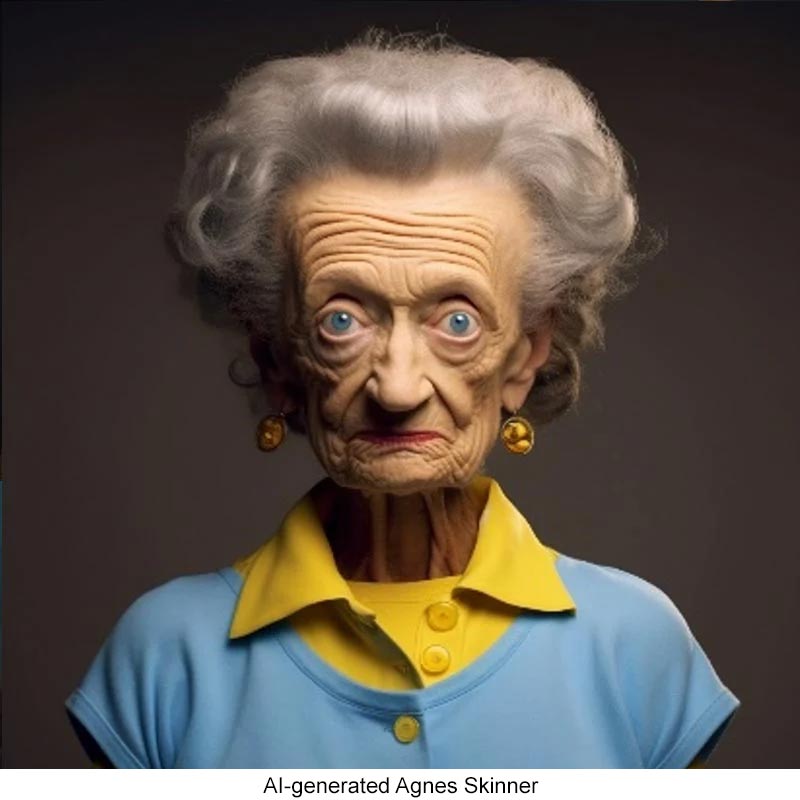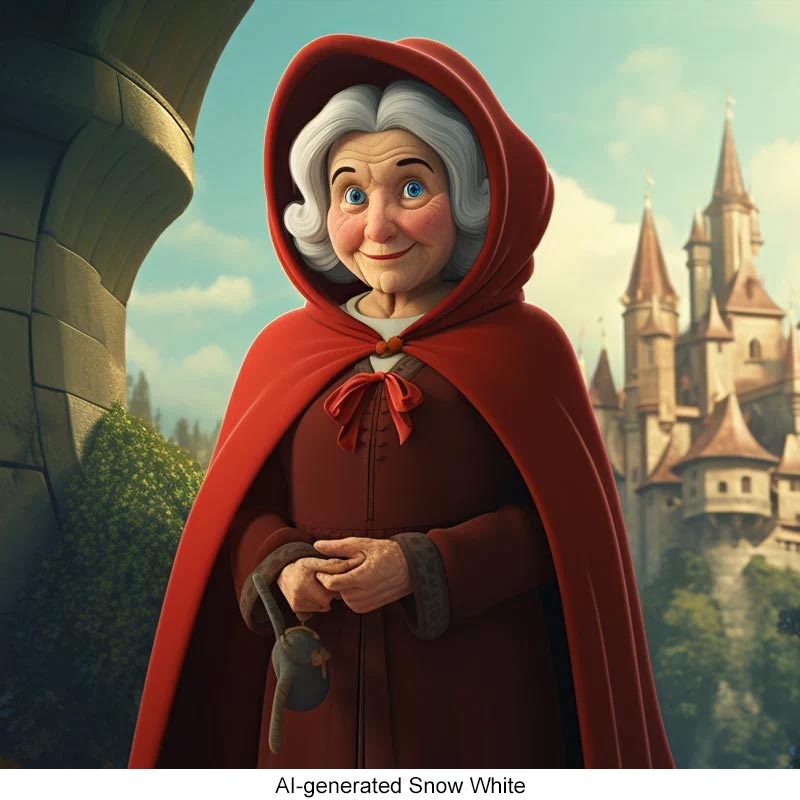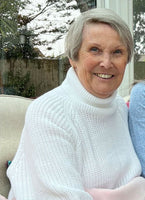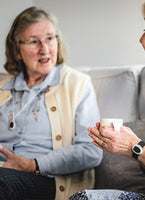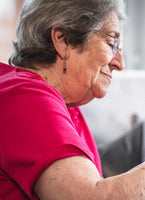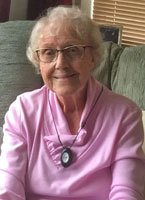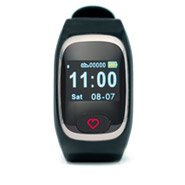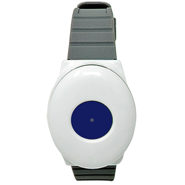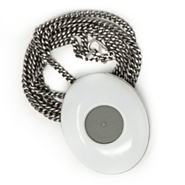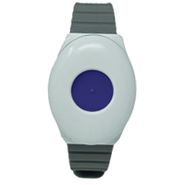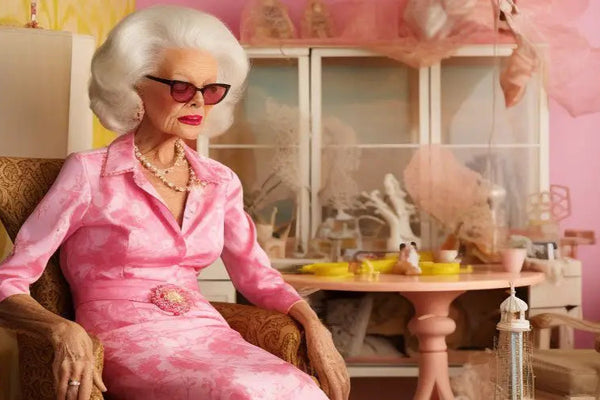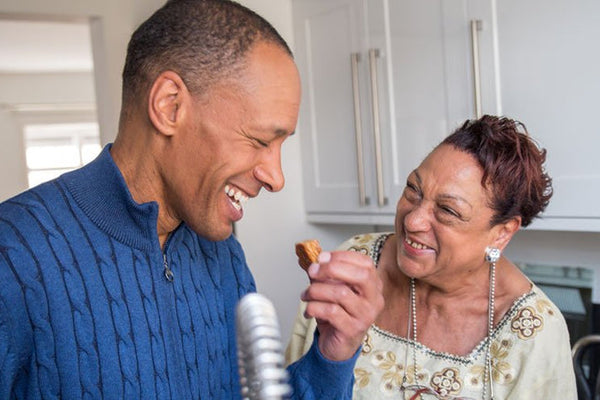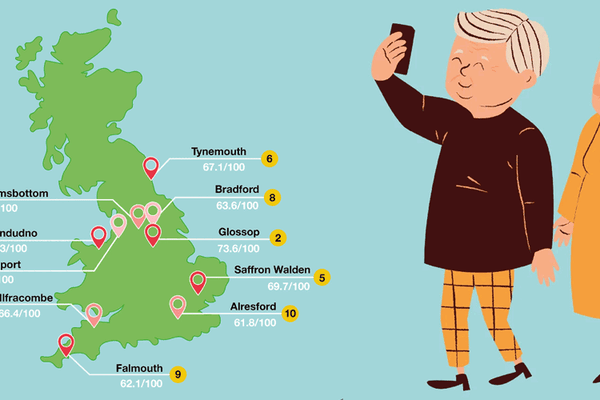The role of technology in elderly care is not to be overlooked as the future draws nearer. With Technology Enabled Care solutions such as personal fall alarms, AI monitoring devices and advancements in smart technology, more is being done to promote healthy ageing and help older people remain independent for longer.
The World Health Organization reports that the elderly are experiencing longer lifespans, with a projected one in six people worldwide aged 60 years or older by 2030.
Recent studies also report an increased feasibility of individuals reaching the age of 120, largely due to the role of technology within eldercare, with a gov.uk report stating that people are generally living longer than ever before.
However, with AI’s ability to use existing online content to create new bespoke imagery, the evolution of ageing is yet to be brought to light within the mainstream. The reality is that older people are getting younger, thanks to increased access to healthcare and technologies that allow them to enjoy an improved quality of life.
It begs the question, does AI truly understand what “old” really looks like?
